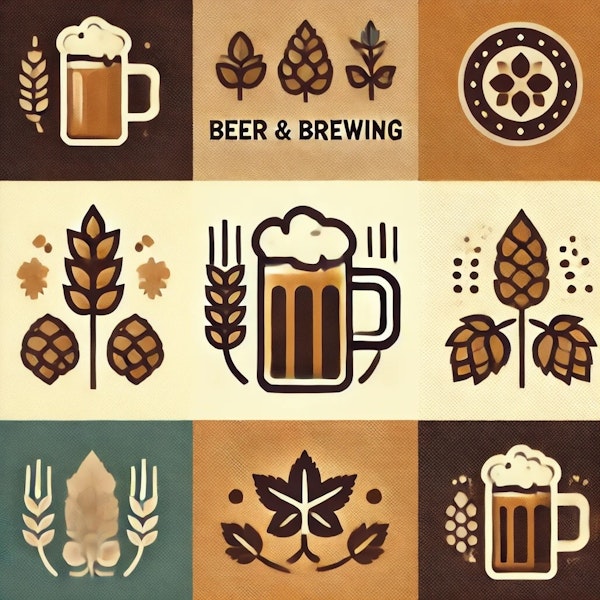
In this edition of Style School, Jeff Alworth explains how an American heirloom style began as a marketing creation of the Industrial Age—and where today’s more playful breweries have run with it.
This elegant beer with Austrian roots hides in plain sight pretty much everywhere except Austria. In this edition of Style School, Jeff Alworth explains how Anton Dreher’s 19th century creation is poised for a restoration.
Our country’s signature flavor profile was not born in Burton, but in the hop fields of Oregon.
Try to brew it if you want—many have tried—but few beers belong to their own place more than traditional Belgian gueuze.
In this edition of Jeff Alworth's Style School, we look to the early days of American microbrewing, when attempts to recreate a neglected British style may not have been historically accurate—but they were something altogether new (and delicious).
Belgian panache and historical tricks can liven up a slice of the color spectrum often seen as decidedly unsexy.
Overlooked and misunderstood, the ale a French scientist once called “the strongest and best beer made in Great Britain” deserves a closer look.
Old ales have a flavor profile that many younger drinkers, currently rapt with barrel-aged stouts, might love, says Jeff Alworth, thanks to complexity, acidity, and gentle sweetness that make them very contemporary.
In the world of beer, and certainly German beer, weizenbocks are strange unexpected beers.
Seen as a set-in-stone style today, the Irish stout went through many iterations before landing on the beer we recognize today. Synonymous with nitrogenated pours and a country where rounds of pints are encouraged, this humble ale has quite a history.